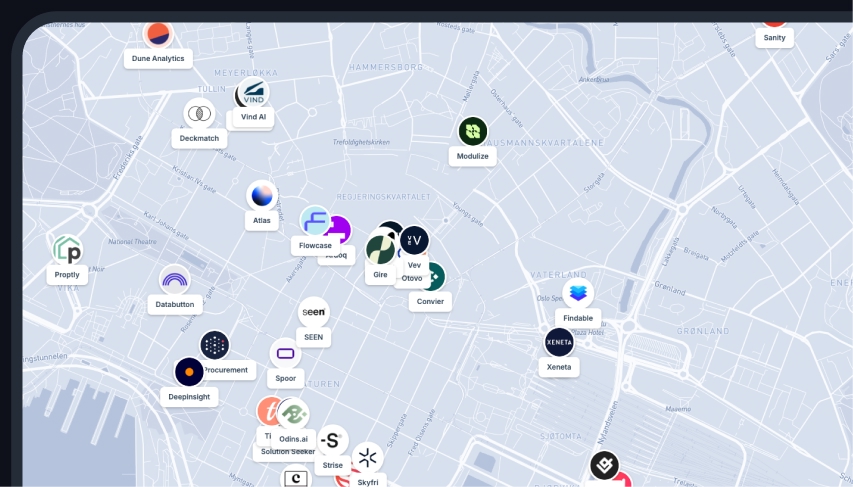Overview of the Rhone River
The Rhone River is one of Europe’s major rivers, stretching about 813 kilometers (505 miles). It originates in the Swiss Alps, flows through Lake Geneva, and continues through eastern France, before emptying into the Mediterranean Sea. The river is known for hydropower production, agriculture, and historical trade routes.
Where is the Rhone River on the map?
The Rhone River begins in the Rhone Glacier in the Swiss Alps, then flows through Switzerland and France, passing through major cities before reaching the Mediterranean near Marseille.
Historical significance
The Rhone River has played a vital role in European history:
- Roman trade routes: The river was a key transport corridor for the Roman Empire.
- Medieval commerce: Towns along the Rhone flourished as centers of wine, silk, and spice trade.
- Hydropower development: The river has been extensively dammed and controlled for energy and flood management.
Major cities along the Rhone River
Several significant cities and towns are located along the Rhone River, including:
- Geneva, Switzerland: A global diplomatic center located on the shores of Lake Geneva.
- Lyon, France: A UNESCO World Heritage city known for gastronomy and silk production.
- Avignon, France: Famous for its medieval Papal Palace and historic bridges.
- Arles, France: A cultural hub with Roman ruins and connections to Vincent van Gogh.
- Marseille, France: A major Mediterranean port where the river meets the sea.
Economic and environmental importance
The Rhone River is crucial for energy, agriculture, and trade. Key contributions include:
- Hydropower: The river generates electricity through 19 hydroelectric dams along its course.
- Agriculture and wine: The Rhone Valley is one of France’s premier wine-producing regions.
- Navigation and trade: The river is an essential shipping route for goods between Switzerland and the Mediterranean.
- Tourism and recreation: The Rhone’s landscapes attract visitors for cruising, hiking, and historical tours.
Challenges facing the Rhone River
The Rhone River faces environmental and climate-related challenges:
- Climate change: Rising temperatures are reducing glacial meltwater supply, affecting water flow.
- Industrial pollution: The river has high levels of chemical pollutants from industries along its banks.
- Flooding risks: Heavy rains and Mediterranean storms can cause serious flooding in low-lying areas.
- Hydropower impact: Dams have altered natural habitats, affecting fish migration and biodiversity.
Conservation efforts
Conservation programs focus on water quality improvement, sustainable energy policies, and ecosystem restoration. The Rhone River Basin Authority oversees flood management and environmental protection projects.
Work faster with spatial data
Easily import data, automate analysis and build spatial apps for the web, all within a single software.
FAQs
How long is the Rhone River?
The Rhone River is approximately 813 kilometers (505 miles) long.
Where does the Rhone River start and end?
It starts in the Swiss Alps and flows into the Mediterranean Sea near Marseille, France.
Why is the Rhone River important?
It is a key waterway for hydropower, trade, and agriculture, supporting major cities in Switzerland and France.
What are the biggest threats to the Rhone River?
Climate change, industrial pollution, flooding, and hydropower development are major concerns.
What wildlife depends on the Rhone River?
The river supports trout, sturgeon, herons, and migratory birds, along with unique wetland ecosystems.
